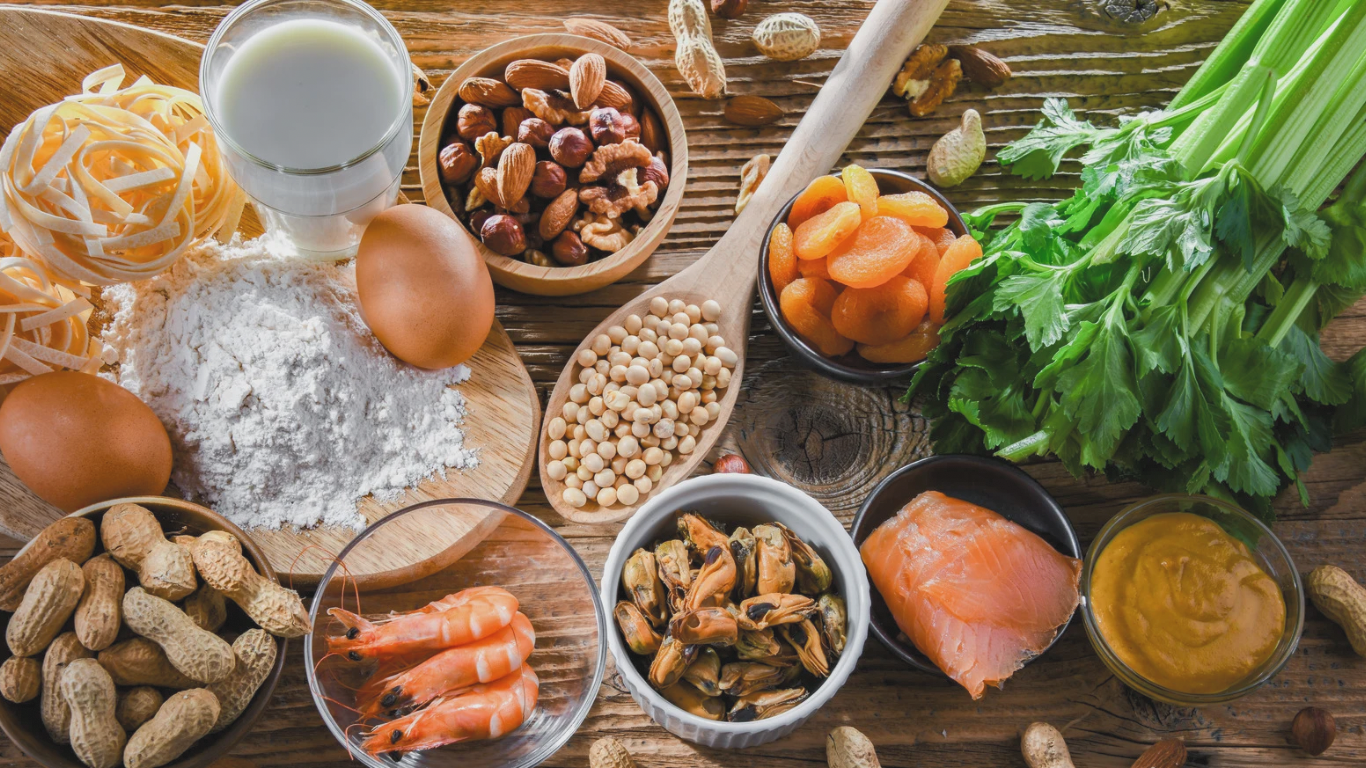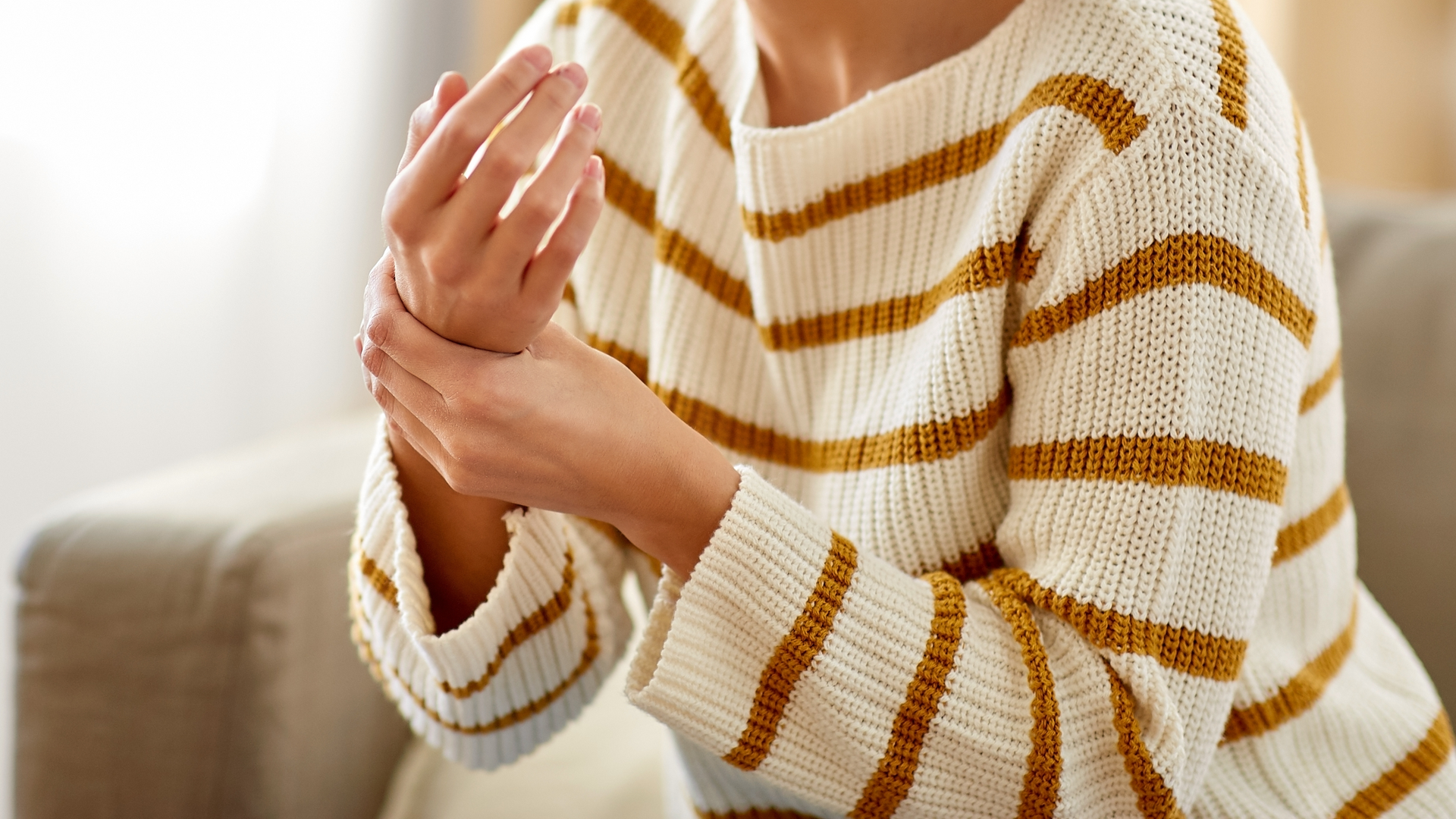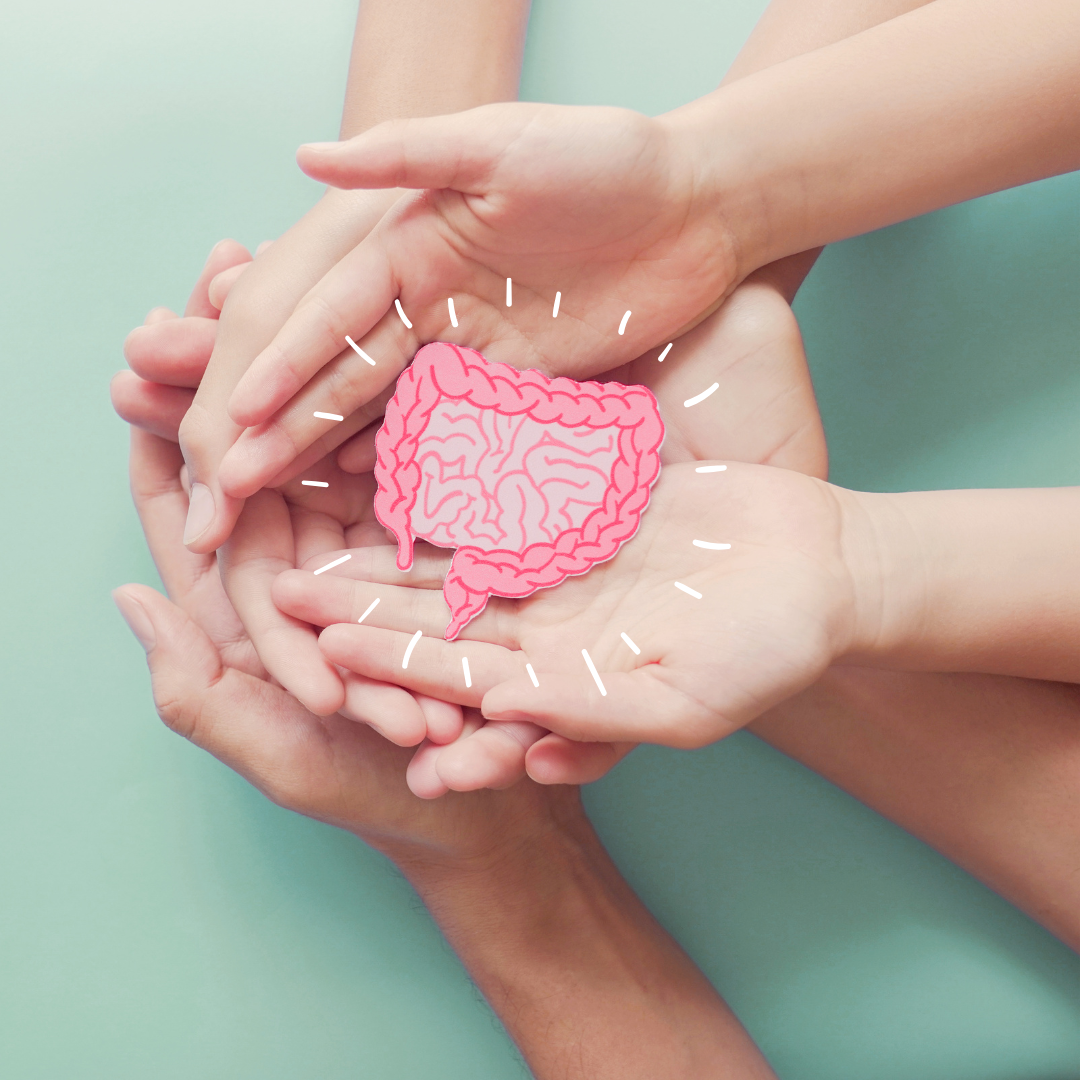This is a subtitle for your new post
It feels like every year I spend way too much time and money figuring out my favorite non-toxic sunscreen. Well I did it again this year, but I’m at least going to share with you here so that #1) I don’t forget for next year! and #2) you won’t have to go through quite the lengthy process to find an effective, non-toxic sunscreen.
Objectives
The main criteria for my experiment were a low/non-toxic mineral-based sunscreen (preferably that rubs in clear and does actually come off in the shower later). Minerals such as zinc oxide act as a physical UV filter to help prevent sun damage without accumulating to dangerous levels in the body. Chemical sunscreens have been found in blood, urine, and breast milk samples weeks after use, which raises concerns for accumulation in the body and potentially compounding toxicity over time. As these chemicals accumulate, the primary concern is hormone disruption which some studies suggest may contribute to infertility and obesity. The last thing any of us need when trying to raise healthy families and maintain a healthy weight are chemicals interrupting our ability to detoxify or balance hormones!
Analysis of Ingredients: Environmental Working Group Skin Deep Database
I used my own label-reading knowledge to select a few brands, and then to check myself, referenced the EWG Skin Deep database. This is a rating system compiled by the Environmental Working Group, a health conservancy group who also publishes the “dirty dozen” lists for produce.
It is a great resource for home and personal care product ingredient safety and potential concerns. The ratings are based on several safety categories such as: label transparency (ie for sunscreen does the product actually provide the SPF it suggests on the label?), organ toxicity, and possible chemical accumulation in the body (which as I mentioned above is super important--we don’t want chemicals that live forever and can potentially affect metabolism, cancer risk, or fertility-- in our bodies!) According to EWG, it is ideal to stick with products rated with a 1 or 2, but in some cases I will go with 3 if I think the potential concern is minimal or perhaps I’m willing to compromise-- for example dyes in a tinted lip balm (ingredients with less testing are rated higher simply due to a lack of available data).
If your favorite product isn’t listed there, it doesn’t mean it’s not a great option. However, the EWG database is a good place to start when looking for a new non-toxic product or when weeding through bathroom products to confirm what might need an upgrade. Pro Tip: I even re-check my products every now and then just to make sure the score and ingredients remain relatively similar, because some companies will quietly change their formulas over time. I have recently stopped using one specific sunscreen and a whole line of cleaning products due to a change in the formula which resulted in a much higher EWG score. Always keep your eyes on the label!
Sunscreen Reviews: Pros & Cons
Now that you have some background on my experiment design, I’ve listed below the sunscreens I purchased and tested on myself and kids. The EWG score is listed as well as what I consider the pro’s and con’s of each:
Beauty Counter - lotion
Pros: super creamy, moisturizing effect, and goes on smooth with no white effect, EWG score 2
Cons: not as easy to apply as a spray, expensive ($48)
Beauty Counter – spray
Pros: easy to apply
Cons: slight white cast, EWG score of 3 due to small spray particles which could damage lungs if inhaled
(most spray formulas will get dinged for this on the score, I’m not sure it’s a huge concern if in a well-ventilated area when applying, but still something to think about)
Bare Republic-gel lotion
Pros: goes on easily, feels light and clear like a gel, EWG score 2
Cons: flakes if you rub in too long
Coola-tinted face
Pros: goes on like BB cream, feels smooth
Cons: make sure you get the mineral-only version, some have chemicals added, EWG score 4 (due to undisclosed fragrance source and may not offer full SPF protection listed on label)
Mychelle Dermaceuticals
Pros: goes on clear (facial formula), feels light like a lotion, clean ingredients
Cons: slight white cast (spray), EWG score 6 (spray-due to potential lower SPF protection than indicated)
Eminence Lilikoi Daily Defense
Pros: rubs in clear, organic ingredients
Cons: contains soy, small bottle is $50-70
Jane Iredale Lip Drink-spf 15 (tinted lip balm)
Pros: pop of color + mineral-based sun protection, feels smooth
Cons: low spf (could combine with regular sunscreen for higher protection?)
Honorable Mentions
I also received a number of recommendations on social media and from clients, which I have listed here:
Thinkbaby
Some reviews mention a slight white cast, but very effective!
EWG score 1-2
Raw Elements
Limited ingredients + a no-plastic container for earth-friendly bonus points!
EWG score 1
Babo Botanicals
I ordered this to try! Ingredients are pretty clean, and has a lot of good reviews.
EWG score 2 for non-tinted lotion, EWG score 3 for tinted and spray versions
Conclusion
Based on my at-home experiments, I think I’ll stick with Beauty Counter for body, and Eminence for face, but I’m going to try Babo and Raw Elements as well! I also want to try the Coola sunscreen tinted lip balm which has an EWG score of 3 (because of the dyes in it) but has SPF 30 compared to the Jane Iredale Lip Drink I’ve been using which only has SPF 15. I’ve noticed some new freckles around my lips, so I think I need to up my protection!
I’d love to hear your experience trying any of these, or what mineral sunscreens you use if it’s not on this list!




Recent Blog Posts
Share this post!
About the Author
Rhya Pachin is a licensed dietitian nutritionist who employs an "integrative" approach to support overall health rather than addressing just one symptom. As a certified LEAP therapist, she designs and supervises custom elimination diets. Her focus areas include gastrointestinal conditions like IBS and IBD, autoimmune diseases such as rheumatoid arthritis and Hashimoto's, persistent weight issues, food sensitivities, and chronic inflammatory conditions in both adults and children.




